Ground shipping is currently paused. Local deliveries throughout Long Island will continue as usual. Pre-orders for fall are now open. Non-local orders will begin shipping again in early September. Click here to learn more.
Ground shipping is currently paused. Local deliveries throughout Long Island will continue as usual. Pre-orders for fall are now open. Non-local orders will begin shipping again in early September. Click here to learn more.
| Size | |
|---|---|
| Common Name | |
| Type | |
| Family | |
| Native? | |
| Zone | 3, 4, 5, 5b, 6, 7 |
| Height Range (ft.) | 40 to 60 |
| Spread (ft.) | 30 to 40 |
| Bloom Time | |
| Bloom Description | Inconspicuous catkins, Small |
| Sun | |
| Water | |
| Maintenance | |
| Suggested Use | |
| Tolerate | |
| Growth Rate | |
| Attracts |
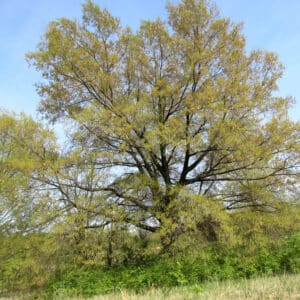
Betula lenta, or Sweet Birch, is a native shade tree with glossy green leaves, golden fall color, and strong ecological value for wildlife and pollinators.
$22.99 – $25.99Price range: $22.99 through $25.99
Please note: Sizes 1.5 Gallon and up can’t be shipped outside the counties of Nassau, Suffolk, and Queens.
Learn more about how the process works and how our plants are delivered.
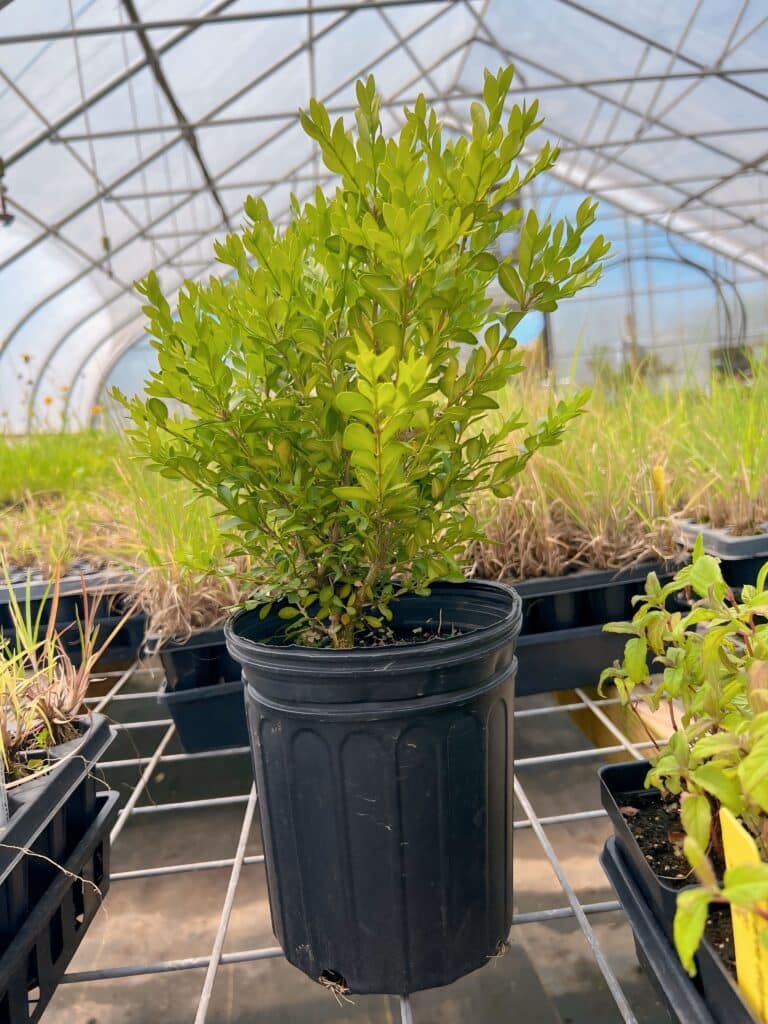


Ground shipping is paused due to summer heat. Only local delivery (Long Island & Queens) is available. Orders placed during the pause will begin processing September 1, and ground shipping will resume September 15.
| Size | |
|---|---|
| Common Name | |
| Type | |
| Family | |
| Native? | |
| Zone | 3, 4, 5, 5b, 6, 7 |
| Height Range (ft.) | 40 to 60 |
| Spread (ft.) | 30 to 40 |
| Bloom Time | |
| Bloom Description | Inconspicuous catkins, Small |
| Sun | |
| Water | |
| Maintenance | |
| Suggested Use | |
| Tolerate | |
| Growth Rate | |
| Attracts |
Betula lenta, commonly known as Sweet Birch or Black Birch, is a stately native deciduous tree prized for its glossy, dark green leaves, smooth dark bark, and strong ecological value. Growing 40 to 50 feet tall with an upright, rounded crown, Sweet Birch is an excellent shade tree and a key species in eastern woodland ecosystems. In fall, its foliage turns a brilliant golden yellow. The twigs have a sweet wintergreen scent when scratched, which gives the tree its common name. Sweet Birch is a valuable host plant for native insects and a reliable choice for wildlife gardens, reforestation, and naturalized landscapes.
Native shade tree: Tall, elegant canopy provides cooling shade and habitat
Brilliant fall color: Leaves turn golden yellow, brightening autumn landscapes
Wildlife support: Host plant for butterflies and source of food and shelter for birds and pollinators
Sun exposure: Best in full sun to part shade
Soil needs: Prefers rich, moist, well-drained soil; tolerates clay and acidic soils
Maintenance: Minimal; prune in winter if shaping or structure correction is needed
Woodland restoration: Ideal for naturalizing in native forest plantings
Shade gardens: Excellent large tree for providing canopy in native landscapes
Wildlife gardens: Supports caterpillars, birds, and pollinators throughout the year
Native species: Hosts numerous native Lepidoptera (butterflies and moths)
Bird habitat: Provides food and cover through all seasons
Sustainable landscaping: Long-lived and low-maintenance in appropriate conditions
/5
Total reviews
|
|
Persons recommended this product
Anonymous
Shopper
check_circle Verified
Shop owner replied
Was this helpful
Anonymous
Shopper
check_circle Verified
Shop owner replied
Was this helpful
There are no reviews yet.
Be the first to review “ ”
Your feedback helps us improve our service.
Please log in to submit a review.
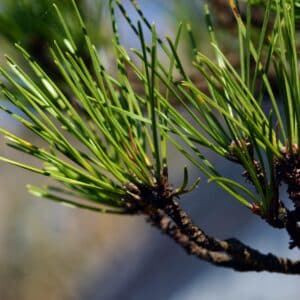
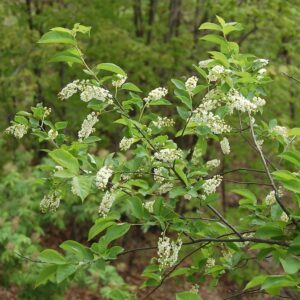
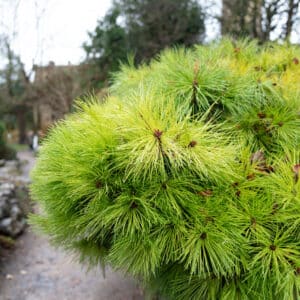
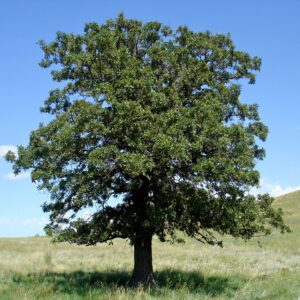
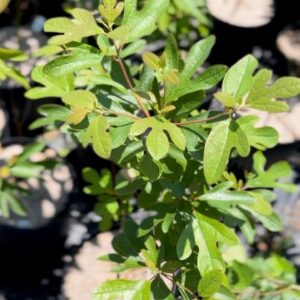
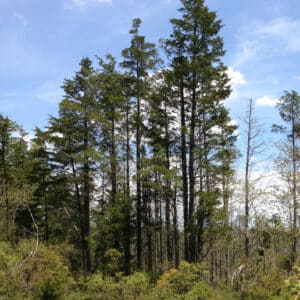
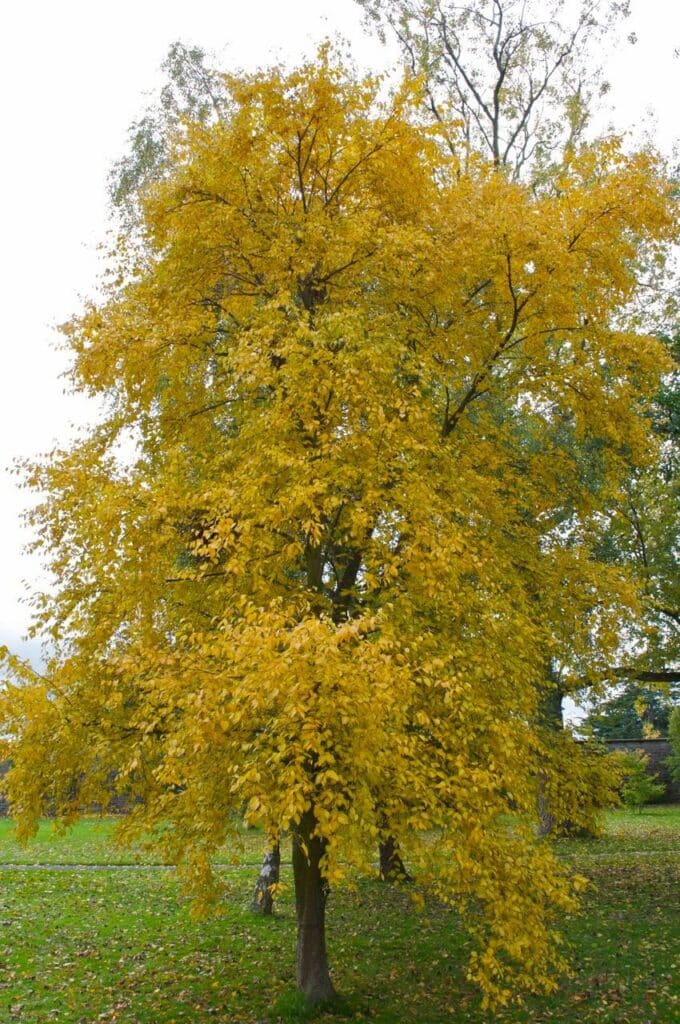
Yes. Betula lenta is native to the eastern United States, particularly the Appalachian Mountains and surrounding regions. It naturally grows in moist, rich forests and upland slopes and is a valuable native tree for supporting wildlife and pollinators.
Sweet Birch gets its name from the sweet, wintergreen-like aroma of its twigs and bark, which contain methyl salicylate, a compound also found in wintergreen plants. The bark was historically used to make birch beer and has traditional medicinal uses.
Sweet Birch is a medium to large deciduous tree, typically reaching 40 to 70 feet tall and 35 to 50 feet wide. It has a straight trunk with dark, shiny bark when young that eventually becomes scaly with age. Its canopy is rounded and dense, making it an excellent shade tree.
Sweet Birch grows best in full sun to partial shade and prefers moist, well-drained, slightly acidic soils. It is hardy in USDA zones 3 through 7 and is best suited to cooler climates, as it can struggle in areas with hot, dry summers. It benefits from consistent moisture and mulching in the root zone.
Yes. Sweet Birch is a host plant for a wide variety of native moth and butterfly larvae, and its catkins provide early-season pollen for bees. Birds and small mammals may also feed on the seeds. Its high ecological value makes it an excellent choice for restoration plantings and native landscapes.
Our gift cards make it easy to share the beauty of plants, flowers, and all things green. Whether for a special occasion or just because, give the gift of choice and let them select their favorites to create a garden they’ll cherish.
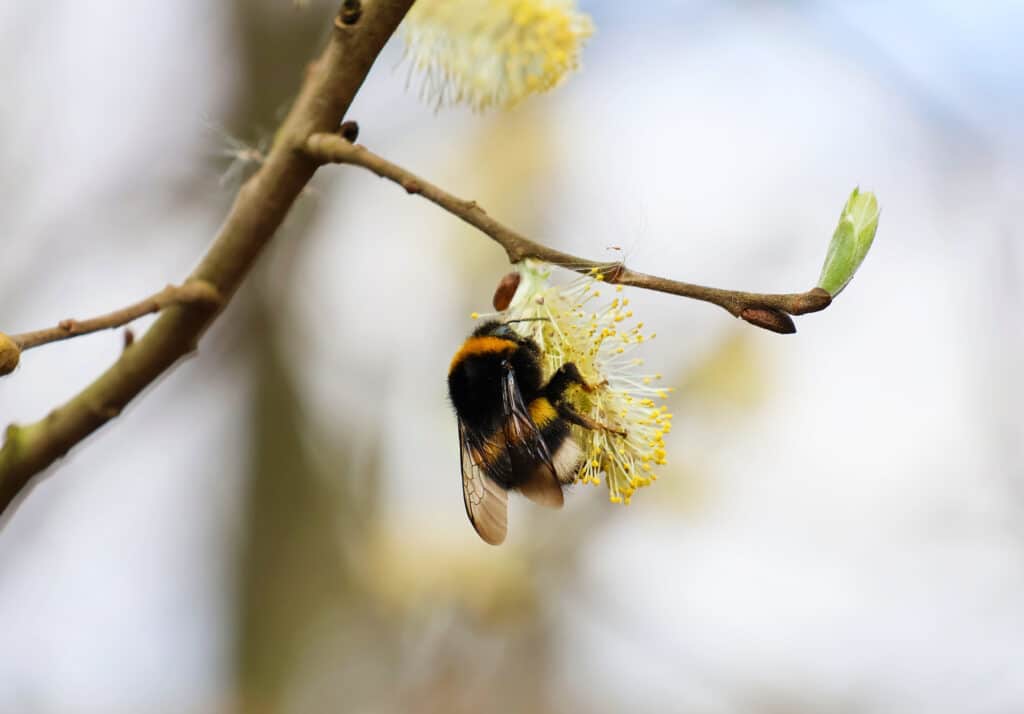
Only Local Delivery Available (Long Island & Queens)
Ground Shipping Paused
To protect our plants from extreme summer heat, we’ve paused nationwide ground shipping to avoid any damage during transit.
Local Delivery Only
We’re still delivering locally to Long Island and Queens, so nearby customers will continue to receive orders as usual.
Fall Pre-Orders Are Open Nationwide!
We will resume normal shipping for non-local orders placed during the pause in early September.
Thank you for your support and understanding—we’re looking forward to growing with you this fall!